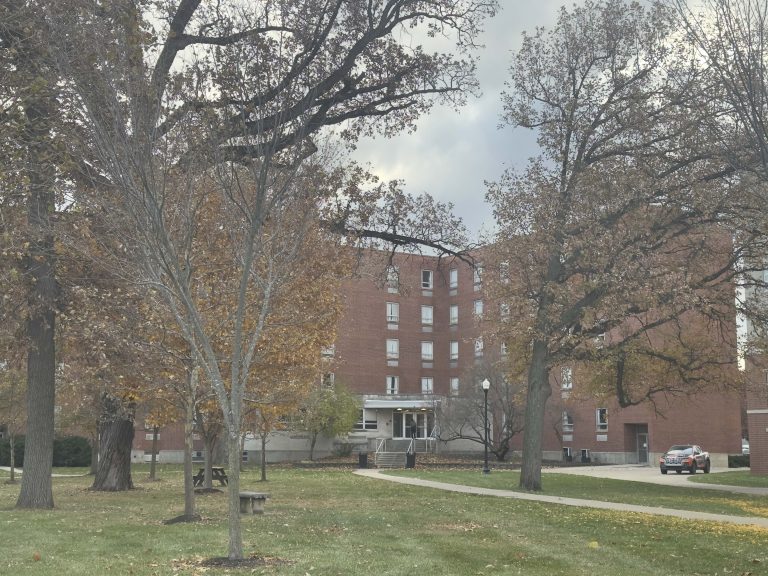Husband and wife team Aaron Kivisto, University of Indianapolis assistant professor of clinical psychology, and Katie Kivisto, associate professor of clinical child psychology, co-authored and published a study examining the relationship between adolescent suicide rates and household gun ownership. The study had three other co-authors: Erica Gurnell, Peter Phalen and Bradley Ray.


According to the study’s analysis, household firearm ownership was found to increase the risk of adolescent suicide, but safe storage practices can decrease the chances of adolescents committing suicide with firearms. Gun locks specifically were identified as being one of the best methods for securely storing firearms. This study builds on past research done by Aaron linking household gun ownership rates with an increase in domestic firearm homicide incidents.
The study examined suicides among adolescents from 1991 to 2017. More than half of the deaths involved firearms. A 10% increase in state firearm ownership was shown to be associated with a 39.3% increase in firearm suicide, which contributed to a 6.8% increase in all-cause adolescent suicide, according to the study.
According to Aaron, this study adds to the growing body of research linking gun ownership as a risk factor for suicide, homicide and accidental firearm injuries. However, Aaron said there is not as much data on gun suicides for adolescents as for adults, and one of the goals of the study was to collect this information.
According to the study, the association between firearm ownership and suicide was approximately two times stronger in adolescents than in adults. Legislation mandating locks or safe storage was associated with a 13.1% reduction in adolescent firearm suicide.
The study also examined the effectiveness of various ways of preventing adolescent firearm suicide. Aaron said the method with the best outcome is practicing the safe and secure storage of firearms or using a gun lock.
Katie said that this is effective because it reduces access to potential means of self-harm, something she said she is concerned about in her work as a clinical child psychologist. By making firearms harder to obtain, adolescents exhibiting suicidal tendencies are cut off from this suicidal risk factor, she said.
“Adolescents tend to be more impulsive about suicide attempts. So if they have access to lethal means that they can easily use, that seems to really increase their risk for actually dying by suicide,” Katie said. “The locking up of firearms really reduces that impulsivity piece, because if you can’t access it quickly and easily, then enough time passes that the urge maybe also passes.”
According to Katie, some states actually mandate by law that firearms be sold with a gun lock. However, Katie said, most legislation fails to cover all situations in which firearms are transacted, and many other states have no such laws. Still, wherever gun locks are implemented, they noticeably decrease the risk of suicide. Katie said that gun locks, used appropriately, can save the lives of teenagers.
“Across the board, we have a lot of research showing that essentially where there are no kinds of restrictions on firearms … they just have worse outcomes across the board,” Aaron said. “They have more gun homicides, they have more kids accidentally shooting themselves, so policy is a piece of it, but then I think it’s also crazy to think that we’re going to legislate our way out of it.”
Aaron said that laws are one way to manage firearms, but he hopes to see the social norms and behavior surrounding guns eventually improve to the point where legislation may not be necessary.






